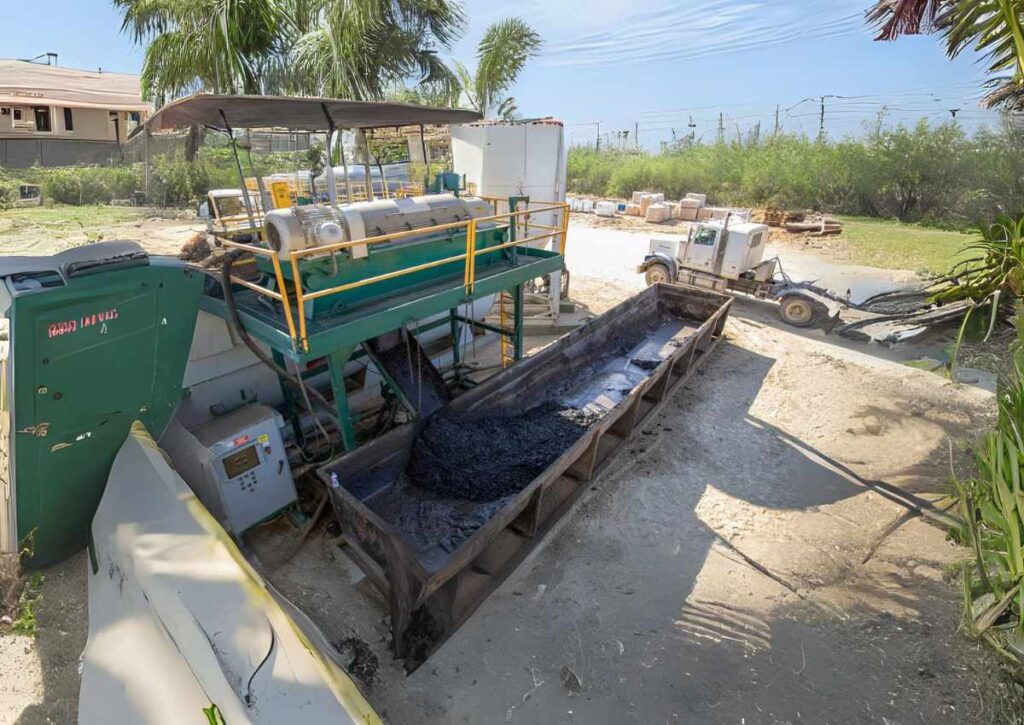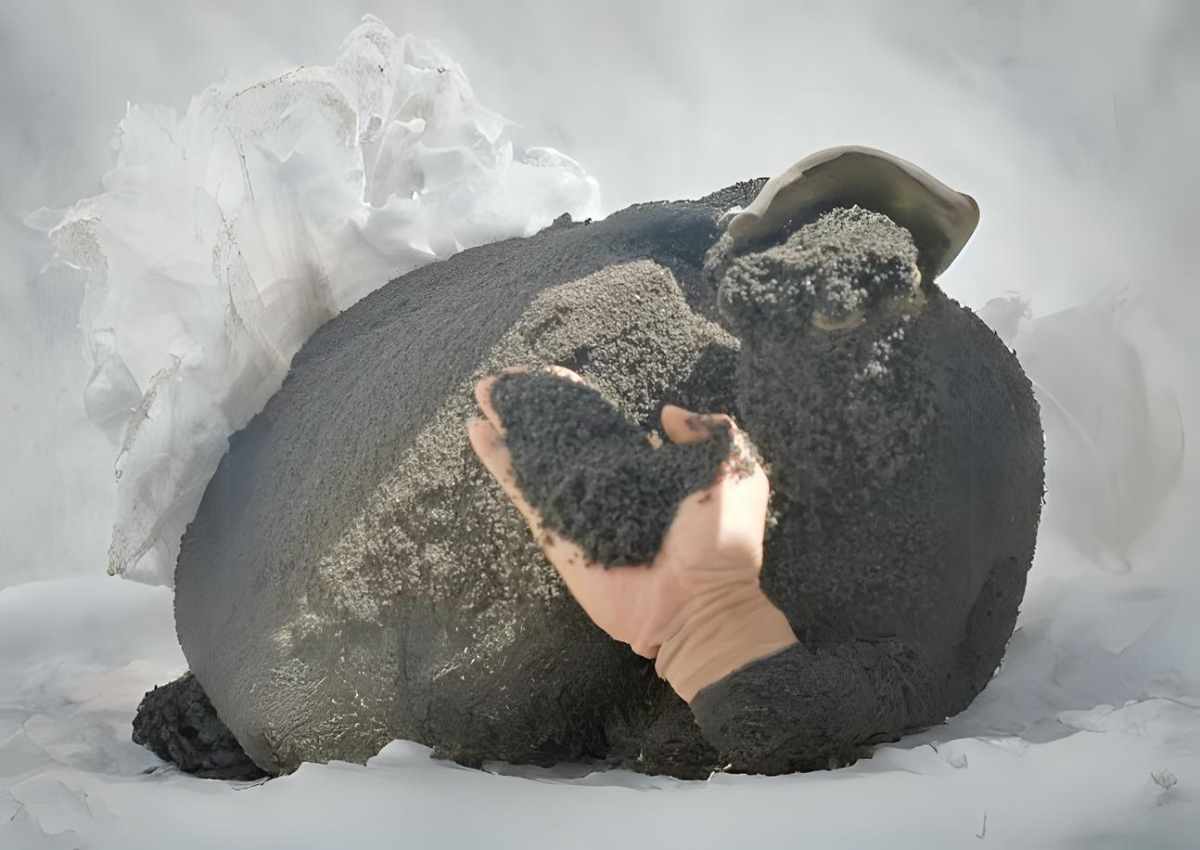Drilling for resources like oil, gas, water, or minerals is a complex process involving various techniques and methods.
Among the byproducts of drilling are what we call “drill cuttings”—tiny f fragments of rock or soil churned up by the drill bit as it penetrates the earth’s surface.
Understanding the nature of these cuttings and managing them effectively is crucial for both the drilling industry and environmental conservation efforts.
What Are Drill Cuttings?
Drill cuttings are essentially the remnants of the Earth’s crust encountered during the drilling process.
Whether it’s for oil, gas, water, or mineral exploration, these cuttings are inevitable companions to the drilling operation.
They come in various sizes and compositions, depending on the geological formations being drilled through.
Production And Collection

During drilling, the drill bit fractures the rock or soil, creating these cuttings, which are then carried to the surface by the drilling fluid or mud.
Different drilling methods, such as rotary, percussion, or auger, produce cuttings in distinct ways.
For instance, in cable-tool drilling, the cuttings are periodically bailed out of the hole, while in auger drilling, they’re brought to the surface on the auger flights.
The Importance Of examination
Drill cuttings aren’t just waste; they’re valuable sources of information about the subsurface geology.
Geologists and drilling engineers examine them to create records, often called well logs or mud logs, detailing the materials encountered at various depths.
This information is vital for assessing the viability of drilling operations and understanding geological formations.
Management And Disposal

Managing drill cuttings involves a series of steps, from separation and examination to disposal. Shale shakers, centrifuges, or cyclone separators are used to separate cuttings from the drilling fluid.
Samples are then studied for further analysis. National regulations often require the archiving of samples for future reference.
Disposal methods vary depending on the type of drilling fluid used. Water-based drilling fluids allow for simpler disposal methods, such as dumping overboard in offshore scenarios.
However, oil-based drilling fluids require processing before disposal due to environmental concerns. Techniques like burial or land application are employed, each with its own considerations and challenges.
Burial And Land Application
Burial involves placing waste in natural or man-made excavations, such as pits or landfills.
While it’s a common method for disposing of drilling waste, it requires careful consideration to prevent contamination of water resources.
Land application, on the other hand, aims to utilize natural soil processes to biodegrade waste constituents.
Techniques like land farming and land spreading are employed, each with its own advantages and limitations.
Recycling

In some cases, drill cuttings can be beneficially reused or recycled.
Recycling methods involve screening, drying, and processing cuttings for use in construction materials like road bases or specialized concrete structures.
Recycling not only reduces waste but also provides a sustainable alternative to traditional construction materials.
Conclusion
Drill cuttings may seem like mere byproducts of drilling operations, but they hold significant value in understanding subsurface geology and environmental impacts.
Effective management and disposal of these cuttings are essential for ensuring the sustainability of drilling operations and minimizing environmental harm.
By employing proper techniques and technologies, the drilling industry can mitigate its impact on the environment while maximizing the value of drill cuttings as valuable geological resources.
FAQs
What are drill cuttings, and why are they produced?
Drill cuttings are broken bits of solid material generated during the drilling process, such as for oil, gas, water, or mineral exploration.
They result from the drill bit breaking through rock or soil as it penetrates the Earth’s surface.
How are drill cuttings collected and separated from drilling fluid?
Drill cuttings are typically carried to the surface by drilling fluid or mud.
They are separated from the fluid using various methods, including shale shakers, centrifuges, or cyclone separators, depending on the drilling operation and fluid type.
What information can we learn from examining drill cuttings?
Examining drill cuttings provides valuable insights into the subsurface geology, including the types of rocks or formations encountered, their composition, and potential hydrocarbon content.
This information helps in assessing the viability of drilling operations and understanding geological characteristics.
How are drill cuttings disposed of, and what are the environmental considerations?
Disposal methods for drill cuttings vary depending on the type of drilling fluid used.
Techniques like burial or land application are common, but they require careful consideration to prevent contamination of water resources and minimize environmental impact.
Can drill cuttings be recycled or reused?
Yes, some drill cuttings can be beneficially reused or recycled.
They can be processed and used in construction materials like road base or specialized concrete structures, providing a sustainable alternative to traditional materials and reducing waste.
What are the regulations regarding the disposal and management of drill cuttings?
National regulations often stipulate guidelines for the disposal and management of drill cuttings, including the archiving of samples for further analysis.
Environmental agencies enforce these regulations to ensure proper handling and minimize environmental harm.
Also Read
Swivel Drilling: Enhancing Precision in Drill Operations
Drill Line: Enhancing Efficiency With Precision Drilling
Planting the Future: How Seed Drills and Seed Funnels Revolutionize Agriculture









